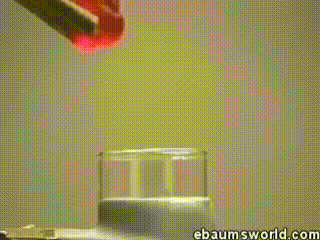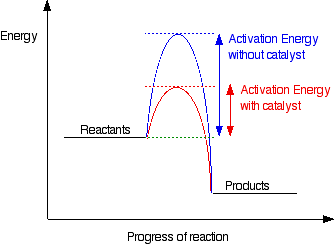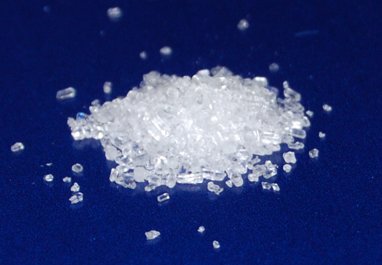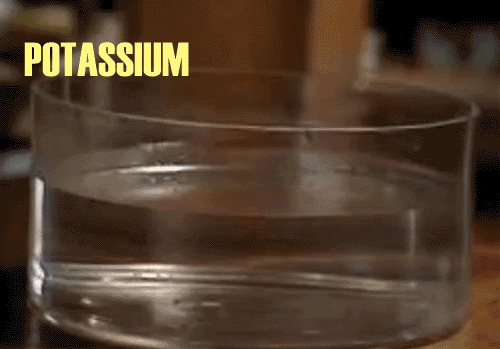i. burning fossil fuel
ii. volcanic activity
iii. dissolving in oceans
Answer
Q1 i. Increases
ii. Increases
iii. Decreases - although the overall CO2 level in the world doesn't change, it is taken from the air into the ocean. Read the question!
Q2. The pie chart shows the composition of air today. Choose the correct option:
Gas x is:
a. chlorine
b. hydrogen
c. nitrogen
d. radon
Answer
Q2. Gas x is nitrogen.
If you don't know this by heart, you can take an educated guess:
- Chlorine is poisonous (so that can't be)
- Radon is radioactive (so that can't be either)
You're left with 2 options, nitrogen or hydrogen. Each gives you a 50% chance of getting the mark. So hopefully, you'd have ticked/crossed nitrogen :)




















